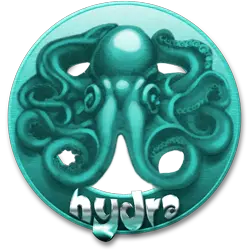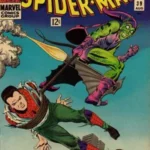
The Origin of Spider-Man: From High School Nerd to Marvel’s Iconic Wall-Crawler
Spider-Man, also known as Peter Parker, is undeniably one of the most beloved and recognized superheroes globally. His rise to stardom within the Marvel universe is not just because of his unique powers, but also due to the relatability of his character. Let’s swing back to the very beginnings of Spider-Man and understand the story behind the mask.
The Birth of an Icon:
Spider-Man first appeared in “Amazing Fantasy” #15, released in 1962, a creation of writer Stan Lee and artist Steve Ditko for Marvel Comics. Unlike other heroes who were adults or had god-like qualities, Peter Parker was just a high school student, making him immediately relatable to younger readers.
The Story Begins:
Living in Queens, New York, Peter Parker was the very definition of an average teenager, albeit a bit on the nerdy side. Raised by his Aunt May and Uncle Ben after his parents’ untimely deaths, Peter faced the typical challenges of adolescence: school, bullies, and the pangs of first love. However, a fateful school trip to a science exhibition would change his life forever.
During the exhibition, a radioactive spider bit Peter. Instead of succumbing to sickness or injury, Peter found himself endowed with extraordinary abilities. He gained the proportional strength, speed, and agility of a spider, as well as a mysterious “spider-sense” that warned him of impending danger.
With Great Power…
In the initial thrill of his newfound abilities, Peter did what many teenagers might do: he sought fame and fortune, adopting the stage name “Spider-Man” and showcasing his powers on live television. However, a defining tragedy struck when he arrogantly let a burglar escape, believing it wasn’t his problem. That same burglar later killed his beloved Uncle Ben. This heart-wrenching twist hammered home the lesson that “with great power comes great responsibility,” a mantra that would guide Spider-Man’s actions from then on.
Becoming Spider-Man:
Grief-stricken and guilt-ridden, Peter realized that his abilities were not just for personal gain. He designed a red and blue costume, equipped with web-shooters of his own invention, and began his journey as Spider-Man, protecting New York City from a myriad of villains, from the Green Goblin to Doctor Octopus.
Denouement:
Spider-Man’s origin story stands out not just because of the unique circumstances that gave him his powers, but because of the deeply human narrative that runs through it. Peter Parker’s journey from a self-centered teenager to a selfless hero resonates with readers of all ages. It’s a poignant reminder that every one of us, superpowers or not, has the capacity for greatness, shaped by our choices and responsibilities.
Collectors
After the overwhelming success of his debut in “Amazing Fantasy” #15, Spider-Man was given his own series titled “The Amazing Spider-Man.” He made his first appearance in this series with “The Amazing Spider-Man” #1, which was released in March 1963. This issue further delved into Spider-Man’s (Peter Parker’s) life, introducing key characters and beginning to set up his rogues’ gallery of villains.
- “Amazing Fantasy” #15 (August 1962) – First appearance of Spider-Man.
- “The Amazing Spider-Man” #1 (March 1963) – Launch of Spider-Man’s own series.
If you’re exploring Spider-Man’s early comic book history, these two issues are essential starting points.












